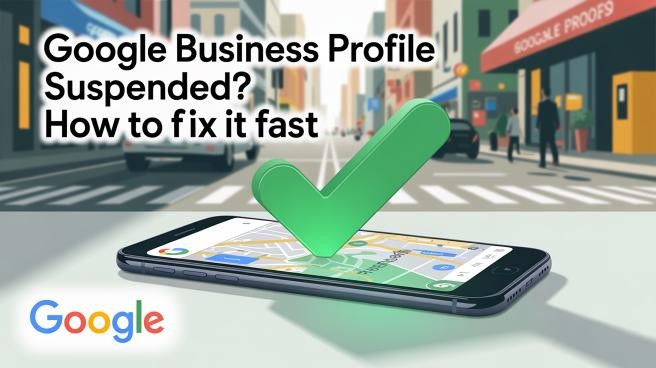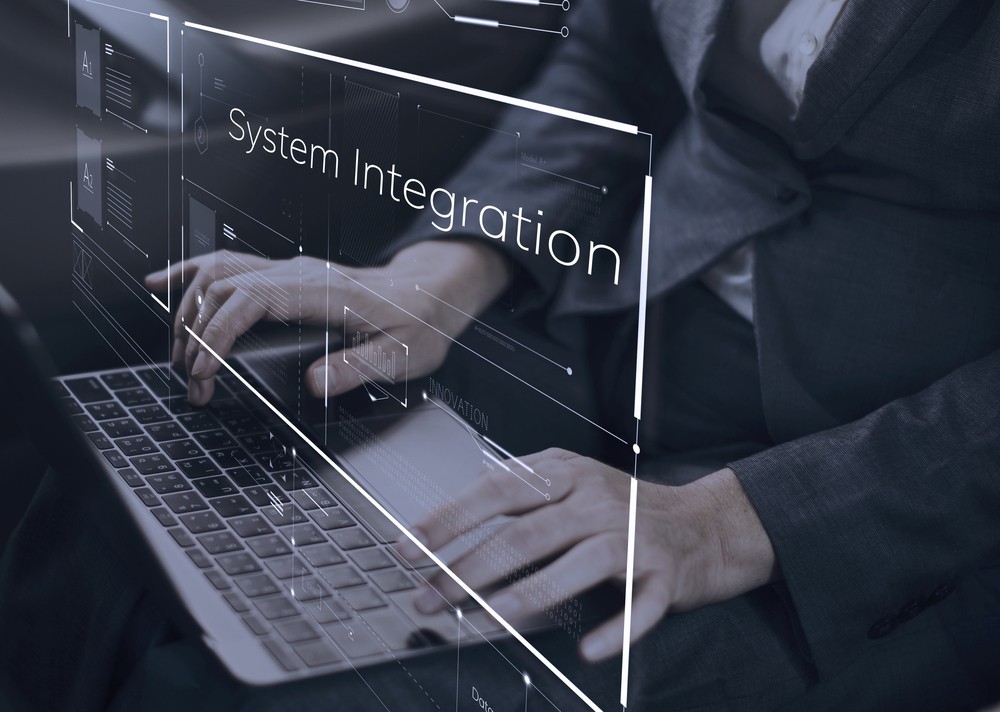What is the Software Development required for Creating Payment Gateways?

Key Components of Payment Gateway Software
User Interface: The user interface (UI) of a payment gateway plays a crucial role in the user experience. A well-designed UI should be intuitive, providing a seamless and straightforward transaction process for users. This involves clear instructions, easy navigation, and a responsive design that works across various devices. The UI must also integrate effectively with different e-commerce platforms, maintaining consistency in web design and functionality to instill user confidence and reduce transaction abandonment.
Transaction Processing: At the heart of a payment gateway is transaction processing. This involves several key steps: initiating a transaction, obtaining authorization, and capturing. The gateway ensures that when a customer pays, the issuing bank or card network gives the appropriate authorization first. Following authorization, the transaction is captured, which implies the movement of funds on behalf of the customer to the seller’s account. This is a complicated backend operation that entails communication with many banking institutions and is, therefore, time-sensitive and should be fast-paced for a good user experience.
Security Measures: Security is paramount in payment gateway for software development. To safeguard sensitive financial information, payment gateways employ various security protocols. Encryption is essential, ensuring that data is transmitted securely between the customer, merchant, and financial institutions. Tokenization adds another layer of security, replacing sensitive data with unique identification symbols that retain all essential information without compromising its security. Additionally, gateways must adhere to industry standards like PCI DSS (Payment Card Industry Data Security Standard) to ensure compliance and protect against data breaches and fraud. These measures are critical to maintaining the integrity of the payment process and building trust among users.
Security and Compliance
In the realm of payment gateways, security, and compliance are not just features but necessities. The first of these requirements is the Payment Card Industry Data Security Standard (PCI DSS). These regulations are established to guarantee that each company involved in handling, storing, or transmitting sensitive information has adequate cyber security measures. Compliance with PCI DSS involves meeting rigorous criteria, including maintaining a secure network, protecting cardholder data, managing vulnerabilities, implementing strong access control measures, regularly monitoring networks, and maintaining an information security policy.
Data encryption is a critical component of protecting sensitive data. During transmission, authorized parties convert information into a coded format that can be decrypted by them. This helps to ensure the confidentiality of important information such as credit card numbers, names, etc., which should never be used for any unauthorized purposes while transacting. For this, payment gateways commonly utilize AES and SSL protocols.
Regular audits and updates are vital to maintaining the security and integrity of a payment gateway. As cyber threats evolve, so too must the security measures employed by payment gateways. This involves continuous monitoring for any vulnerabilities and updating systems to patch security gaps. A Security standards audit is performed regularly, both internally and externally, so that possible improvements may be revealed. It is very important for maintaining the confidence of users and the effectiveness of the payment gateway.
Integration and Compatibility
Integration with E-commerce Platforms: Integrating payment gateways with various e-commerce platforms is a crucial but complex task. Each platform has its unique architecture and API (application programming interface) requirements, necessitating a flexible and adaptable approach to payment gateway development. Effective integration ensures seamless transaction processing, inventory management, and user experience. Developers often face challenges in ensuring compatibility with different e-commerce systems, requiring a deep understanding of various platform-specific nuances and the ability to tailor the payment gateway to fit these intricacies.
Mobile Compatibility: In today's mobile-first world, optimizing payment gateways for mobile devices is non-negotiable. This involves ensuring that the payment process is smooth, secure, and visually appealing on smaller screens. Responsive design, simplified payment steps, and fast loading times are key factors in optimizing for mobile. As an increasing number of transactions are made via smartphones, mobile compatibility directly impacts the success and accessibility of online businesses.
Multi-Currency and Localization: To cater to a global market, payment gateways must support multiple currencies and offer localization features. This means not only handling various currencies but also adapting to local payment methods, languages, and regulatory requirements. The use of multi-currency support expands the potential buyer's markets of e-commerce businesses, thus giving way to international customers, while localization makes online shopping more individualized, tailoring to meet respective regional needs.
Testing and Deployment
Testing Strategies: A payment gateway should be tested extensively before going live to prove that it is reliable, secure, and efficient. These tests include unit testing, integration testing, and user acceptance testing. Security testing is particularly crucial; it involves simulating attacks to identify potential vulnerabilities. Performance testing is also vital to ensure the system can handle high transaction volumes without compromising speed or user experience. These tests help in identifying and rectifying issues before deployment, ensuring a robust and secure payment gateway.
Deployment Considerations: Deploying a payment gateway requires careful planning and execution. Best practices include ensuring scalability to handle varying loads, continuous monitoring for any operational issues, and having a disaster recovery plan in place. It’s also important to ensure that the deployment process includes provisions for regular updates and patches without significant downtime. Post-deployment, regular monitoring helps in quickly identifying and addressing any performance or security issues, ensuring the payment gateway remains reliable and efficient.
Conclusion
In exploring the software development required for payment gateways, we've delved into the complexities of user interface design, transaction processing, and stringent security measures. We've also addressed the challenges of integrating with diverse e-commerce platforms, ensuring mobile compatibility, and the necessity of supporting multi-currency transactions. The rigor of testing strategies and the thoughtful approach to deployment further underline the meticulous work involved in creating reliable payment gateways. In the future, with the growth of digital transactions, payment gateway technology also promises newer and more advanced solutions that will be safe. With time, developed payment gateways will be of paramount importance for expanding e-commerce as well as ensuring the smooth running of digital transactions.
Related Blog

Google Business Profile Suspended? How to Fix It Fast

How to Recover a Disabled Facebook Account?

What to Do If Your Facebook Account Is Hacked and Your Email Is Changed

LinkedIn Shadow Ban: How to Avoid and Fix it

How to Recover a Hacked WordPress Website

How to start an IT company in Dubai

Best Ethical Hacking Companies in Dubai

Webflow vs WordPress Which is Better for Website Design?

20 Tips for Effective LinkedIn Marketing in Dubai

Top 10 Software Development Companies in Dubai


How does Google treat AI Content in SEO?

How to create a proper content distribution strategy

How can Brand agencies bring success to B2B Business in the UAE?

Maximize Sales with e-commerce Advertising Strategies

Schema Markup for SEO: Boost Your SERP Visibility with Structured Data

FIVE STRATEGIES TO INCREASE YOUR BRAND LOYALTY

What are the Branding Strategies for a Small Business in the UAE?

How can digital marketing be useful for small businesses?

What are the Things to Consider for Hiring Creative Agencies?

What are the different ways to protect the website from unethical hacking?

What are the mistakes to avoid while customizing a WordPress website?

Why is Website Maintenance important for your Business?

Trends of Future Creative Agencies in UAE

How can AI transform digital marketing in the UAE?



How can a powerful Landing Page Design lead to higher conversion?

Checklist to build a winning e-commerce website


WHAT ARE THE SUCCESSFUL ELEMENTS REQUIRED FOR BRANDING A WEBSITE IN UAE?

What are the best web designing tools that can renovate your site?

What are the web designing strategies that can improve the SEO ranking?

How social media impacts the promotion of the business in the Future?

What is the SEO checklist involved in content writing?

Top Ten Mobile App Development Companies in UAE

How do we choose the best brand name for the business in UAE?

What are the top e-commerce Software Solutions required for the IT industry?

Why is user experience crucial in website development?

How to Choose the Right Ecommerce Platform for Your Business

How to Optimize Your LinkedIn Profile for Maximum Exposure?

How Can Branding Agencies in The UAE Promote Businesses?


Top 10 SEO Agencies in Dubai

TOP TEN MARKETING CONSULTANTS IN DUBAI

The Top 10 Must Have WordPress Plugins for Your Website

The Future of Facebook Marketing: Trends and Predictions

What are the successful CRM strategies?

Reasons why you should hire a professional branding agency

How Web Development Helps Your Business

How to Grow your digital agency in 2023?

Why Cyber Security is Important for Your Business

Key Factors for Choosing the Right System Integrators

How to Choose the Right Reputation Management Company

How Ethical Hacking is Different from Normal Hacking?

Things to Consider While Choosing a Software Development Company

Top 7 Reasons to Hire a Content Marketing Agency in Dubai

10 Factors to Consider While Selecting Web Designing Companies in Dubai

Importance and Benefits of SEO for Your Business

TIPS FOR CHOOSING A SOFTWARE TESTING COMPANY

Questions You Should Ask Before Choosing A Social Media Agency In UAE

How to Market your Local Business in Dubai?

How to choose a good digital marketing agency for your business in Dubai



